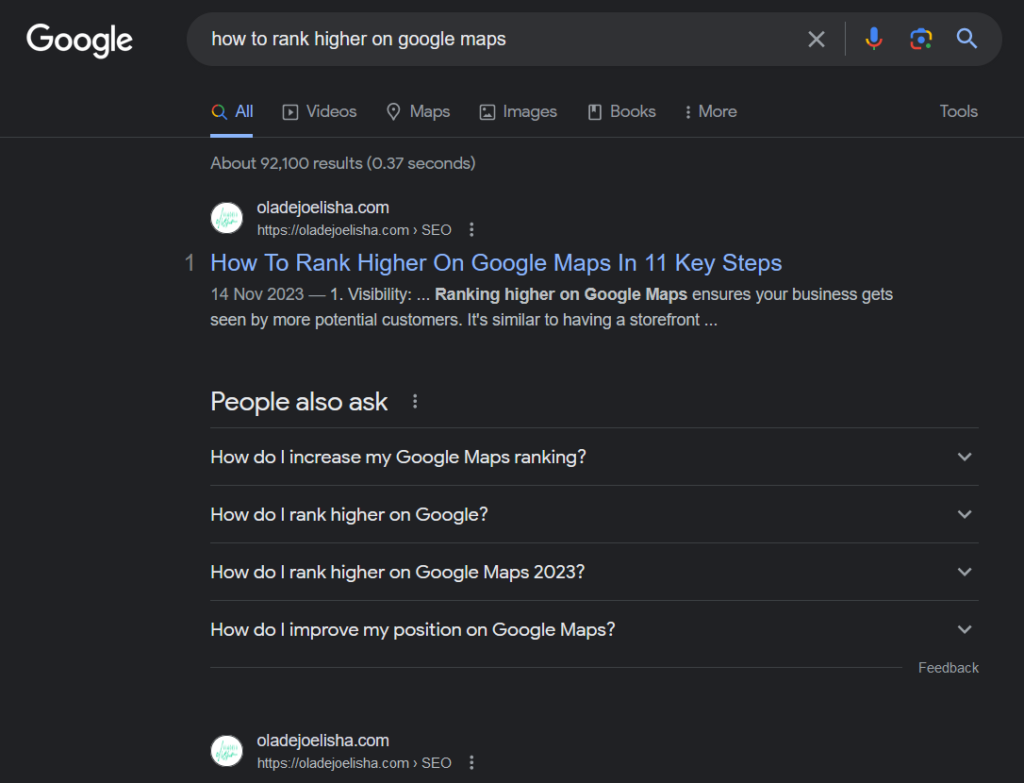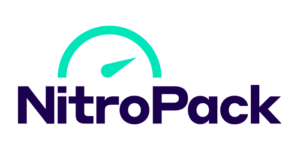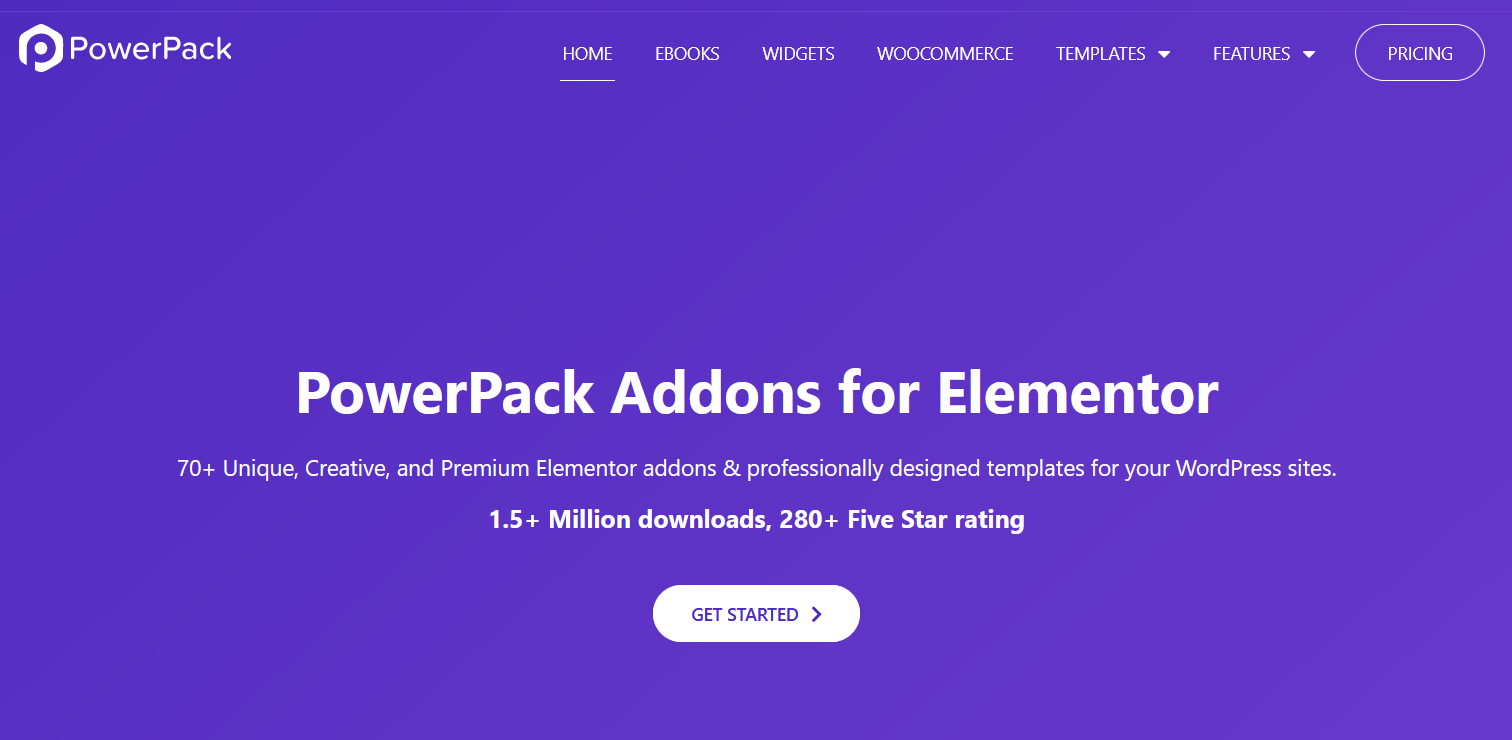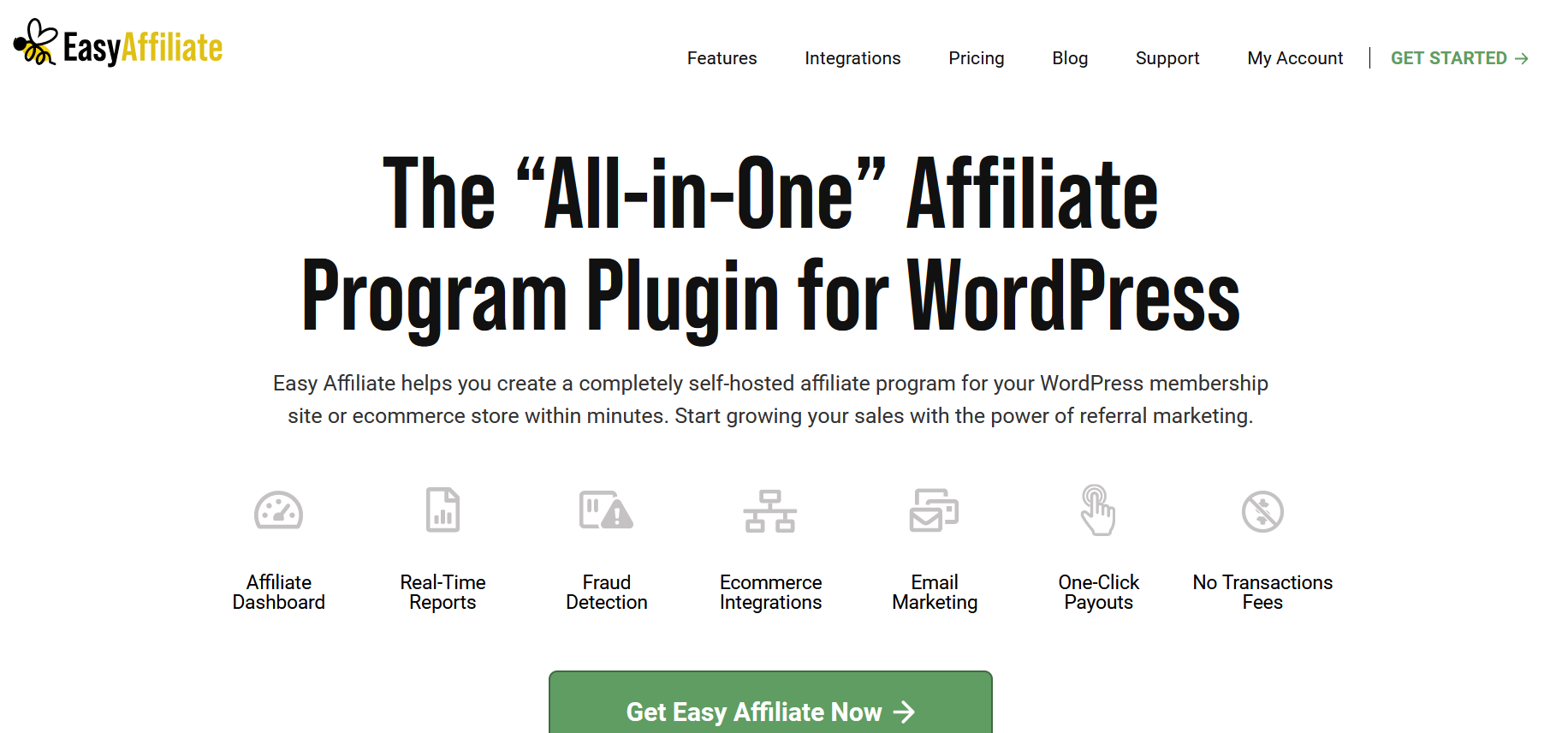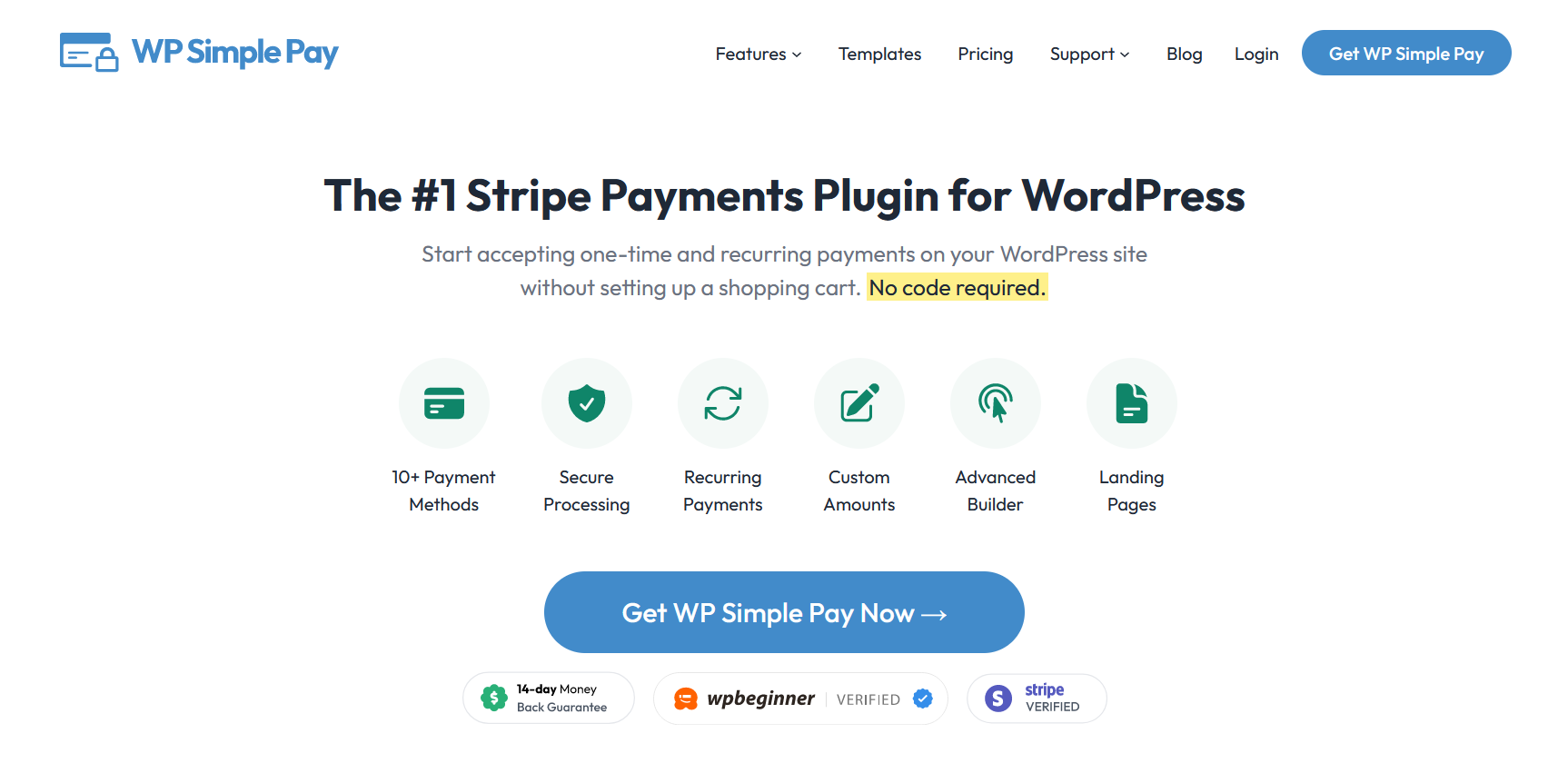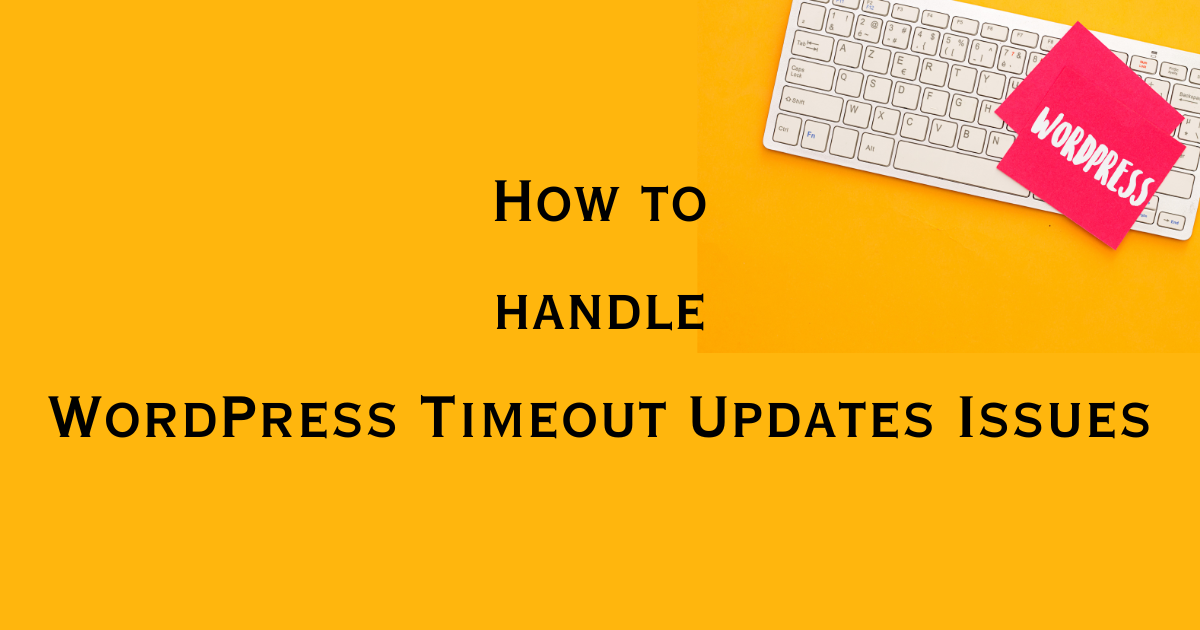Let’s embark on a quest to unravel the mysteries of FAQ schema markup and why it’s as important as your morning coffee for boosting your website’s presence in search engines.
If you’ve ever wondered how to add FAQ schema in WordPress, you’re in the right place – and don’t worry, it’s easier than trying to remember all your passwords!
In the ever-evolving world of SEO, FAQ schema markup has become a not-so-secret weapon. It’s like giving search engines a treasure map, where X marks the spot of your well-structured FAQs.
By adding this to your WordPress site, you’re essentially rolling out the red carpet for search engines, inviting them to understand and display your content more effectively.
Now, before you start thinking this requires some sort of coding wizardry, let me assure you, it’s simpler than figuring out how to perfectly fold a fitted sheet (and we all know how that goes).
Whether you’re a WordPress newbie or a seasoned pro, you can add FAQ schema to your site, and I’m here to guide you through each step.
In this journey, we’ll explore how FAQ schema markup can be a game-changer for your site’s visibility in search engines. So, let’s get started and turn your FAQ section into a magnet for search engine love!
What Exactly is FAQ Schema?
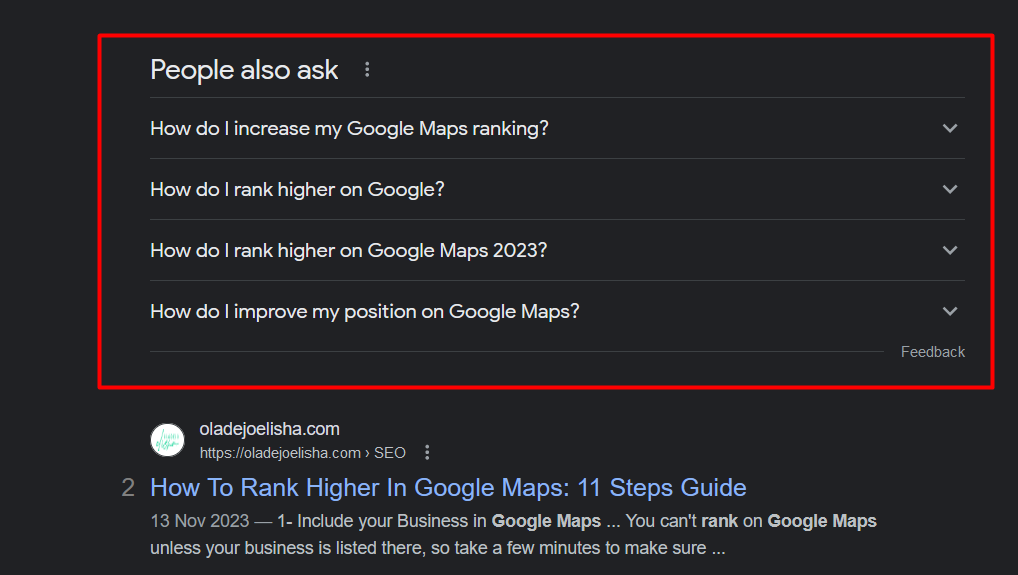
Think of it as a behind-the-scenes code that tells search engines, “Hey, this is an FAQ section, and it’s fabulous!” It helps these digital librarians present your Q&As in search results in a way that’s as neat and organized as a Marie Kondo-ed closet.
This not only makes your site more attractive in search results but also improves the experience of users by running quick answers to common questions.
So, in the digital marketplace, your FAQ page is like a lighthouse for lost visitors – it guides and enlightens them.
But how do you make sure this beacon is visible to the vast sea of internet users, especially through search engines?
This is where FAQ schema comes into play, a powerful tool you can implement right from your WordPress dashboard. Imagine FAQ schema code as the secret ingredient that turns your regular FAQ pages into a star-studded performance on search engine stages.
It’s not just about having answers; it’s about showcasing them in the spotlight they deserve. In the upcoming sections, we’ll dive deep into what FAQ schema is and how it meticulously structures your FAQ content for search engines.
Then, we’ll explore the glittering benefits of using FAQ schema, like enhancing your search results with those eye-catching rich snippets that can make your content stand out in the wide ocean of online information.
Preparation Before Adding FAQ Schema

Before you set sail on the journey of enriching your WordPress posts with FAQ page schema, it’s crucial to chart your course with careful preparation. Think of this phase as gathering your tools and blueprints before constructing a house.
The foundation of effectively implementing FAQ schema in your site lies in having a well-prepared set of frequently asked questions and their answers. This isn’t just about throwing together a random list; it’s about curating content that resonates with your audience’s needs and queries.
In the following sections, we’ll outline the prerequisites for adding FAQ schema, from selecting the right questions to formatting them for optimal effectiveness. Additionally, we’ll delve into the importance of content quality and relevance.
After all, your FAQ section is more than just an information hub; it’s a reflection of your site’s authority and value, and it plays a pivotal role in how Google Search Console perceives and presents your content. Let’s ensure your FAQ schema not only meets technical requirements but also elevates the user experience.
The Prerequisites for Adding FAQ Schema
Understanding the prerequisites for adding FAQ Schema to your website is crucial for enhancing its visibility and user-friendliness.
By ensuring you meet these essential requirements, you can unlock the full potential of your website’s FAQ section, making it more accessible and informative for your audience. Let’s dive into the key components and best practices that are necessary before implementing this valuable feature.
1. Compile a Comprehensive List of FAQs
- Gather frequently asked questions relevant to your audience and industry.
- Ensure these questions accurately reflect common inquiries received from customers or site visitors.
2. Craft Clear and Concise Answers
- Provide direct and informative answers to each question.
- Make the language regular and easy to understand, avoiding jargon or overly technical terms.
3. Organize Your FAQs Logically
- Group similar questions together for easier navigation.
- Consider categorizing FAQs by topic or theme to enhance user experience.
4. Utilize the FAQ Block in WordPress
- Use the FAQ block feature in WordPress for a structured and consistent layout.
- The FAQ block helps in organizing your questions and answers in a search engine-friendly format.
5. Ensure Mobile Responsiveness
- Confirm that your FAQ section is mobile-friendly, as a greater number of users access websites on mobile devices.
- Test the display and functionality of your FAQ block on various devices.
6. Update and Refine FAQs Regularly
- Keep your FAQs updated with the latest information and answers.
- Regularly review and refine your FAQ section to ensure ongoing relevance and accuracy.
Importance Of Content Quality And Relevance In FAQ Sections
The value of content quality and relevance in FAQ sections cannot be overstated, especially when integrating FAQ schema into your WordPress site.
This is where your content doesn’t just inform; it also represents your brand’s expertise, authority, and trustworthiness.
- Boosts SEO and User Engagement: Quality content in your FAQs can significantly boost SEO performance. Search engines, like Google, favor content that directly addresses user queries. Well-crafted FAQs can lead to better search rankings and increased user engagement.
- Enhances User Experience: Relevant and high-quality FAQ content completely leads to a positive user experience. Users often visit FAQ sections seeking quick and accurate answers. Clear, concise, and relevant FAQs can be a deciding factor in keeping a visitor engaged on your site or leading them to bounce off.
- Establishes Authority: By providing thorough and accurate answers in your FAQ section, you establish your site as an authority in your niche. This credibility is vital for developing trust with your audience and can set you apart from competitors.
- Increases the Chance of Featured Snippets: Google often pulls answers for its featured snippets from well-structured FAQ sections.
If your FAQs are detailed, well-written, and directly address common queries, they have a higher chance of being featured in these snippets, giving you greater visibility in search results.
- Supports Long-Tail Keyword Strategy: FAQs provide an excellent opportunity to naturally incorporate long-tail keywords into your content. These are more specific queries that users might search for.
By answering these nuanced questions, you cater to a more targeted audience, which can improve traffic quality.
- Ensures Relevance Over Time: The digital landscape and user questions evolve continuously. Keeping your FAQ content updated and relevant is crucial. Regularly updating your FAQ section ensures that it remains a valuable resource for users and search engines alike.
In essence, the quality and relevance of your FAQ content are not just about answering questions. It’s about building a bridge of trust and expertise between you and your audience, enhancing your site’s SEO, and positioning your brand as a reliable source of information in your industry.
Step-by-Step Guide to Adding FAQ Schema in WordPress
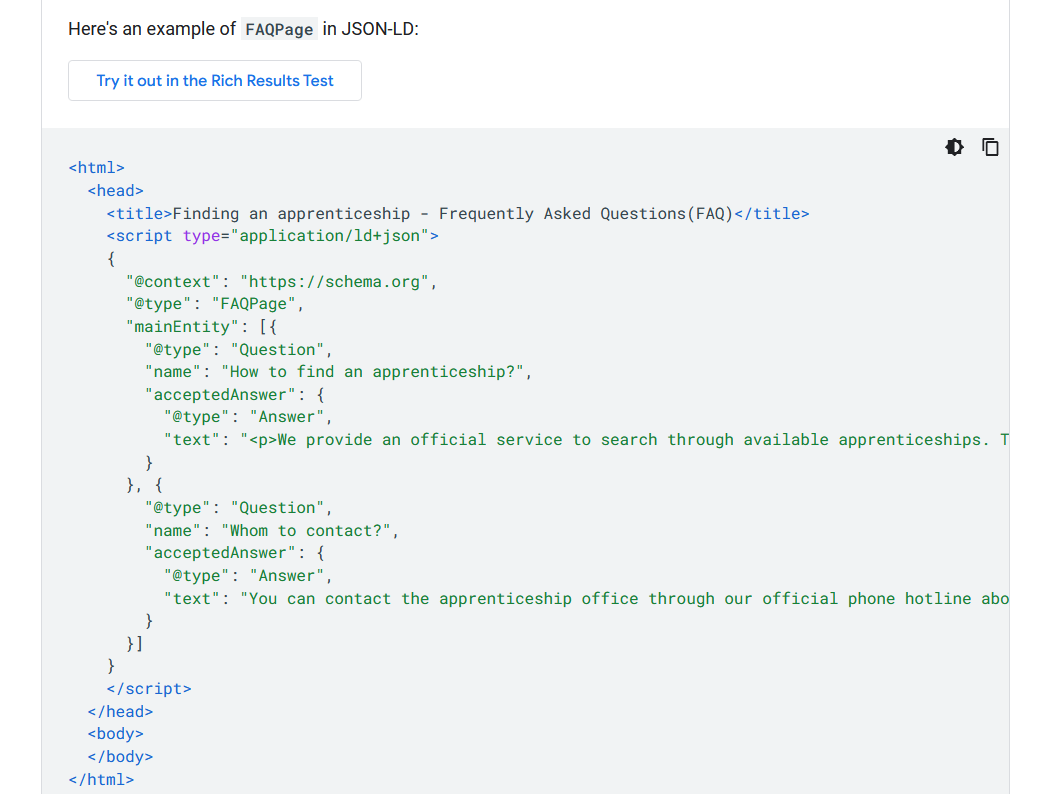
Adding FAQ schema to your web page in WordPress is a strategic move to enhance your site’s structured data, making it more understandable and indexable by search engines.
Whether you prefer a straightforward approach or are comfortable with a bit of coding, here are the steps to ensure your FAQs are not just informative but also SEO-friendly.
Using WordPress Plugins for FAQ Schema
- Choose a Suitable Plugin: Select a WordPress plugin that supports FAQ schema. Plugins like Rank Math SEO plugin or Schema Pro are popular choices.
They provide an intuitive interface to add structured data without needing to write custom HTML.
- Install and Activate the Plugin: Navigate to your WordPress dashboard page, go to ‘Plugins,’ then ‘Add New.’ Search for your chosen plugin, install it, and activate it.
- Create Your FAQ Section: Using the plugin’s interface, create a new FAQ section on your web page. Enter your questions and answers following the plugin’s guidelines.
- Enable FAQ Schema: Most plugins will have an option to enable FAQ schema for your new FAQ section. Ensure this feature is activated.
- Preview and Publish: Preview your FAQ section to ensure it looks correct on your page. Once satisfied, publish it. The plugin automatically adds the necessary structured data in the background.
Adding FAQ Schema Manually with Custom HTML Block
For those who are comfortable with HTML and want more control over the structured data, manually adding FAQ schema is a viable option.
- Open the Custom HTML Block: In your WordPress editor page, add a new block and select ‘Custom HTML.’
- Write Your FAQs in HTML: Format your questions and answers using HTML. Ensure your content is clear and well-structured for readability.
- Add Schema Markup: Within the same block, you’ll need to add the FAQ schema markup. This includes specific tags like <script type=”application/ld+json”> and structured data in JSON-LD format, detailing each question and answer.
- Validate Your Schema: Use tools like Google’s Structured Data Testing Tool to validate your FAQ schema. This step is crucial to ensure that your markup is correct and recognizable by search engines.
- Publish and Test Your Page: Once your custom HTML block with FAQ schema is ready and validated, publish your web page. Use Google’s Rich Results Test to see how your FAQ section will appear in search results.
By following these steps, whether through a plugin or manual coding, you can effectively add FAQ schema to your WordPress site.
This not only improves your site’s structured data profile but also enhances the visibility and accessibility of your FAQs in search engine results.
Testing and Validating FAQ Schema in Your WordPress Post

After adding FAQ schema to your WordPress post, it’s crucial to test and validate it to ensure it’s correctly implemented.
Proper validation not only ensures that search engines can read and understand your structured data but also maximizes the chances of your FAQ content appearing effectively in search results.
Using Google’s Structured Data Testing Tool
- Access the Tool: Navigate to Google’s Structured Data Testing Tool. This tool is designed to help you test and diagnose your markup.
- Enter Your Webpage URL: Input the URL of your WordPress post where you’ve added the FAQ schema. You can also test by pasting the HTML code directly into the tool.
- Run the Test: Click on the ‘Run Test’ key. The tool will analyze the structured data on your page, including the FAQ schema.
- Review Results: After the test is complete, review the results. The tool will reveal any errors or warnings in your schema markup. Common issues might include missing fields, incorrect formatting, or invalid data types.
- Make Necessary Corrections: If errors are found, make the necessary corrections in your WordPress post. This might involve adjusting the schema code or fixing issues in the plugin settings, depending on your method of implementation.
- Retest After Corrections: Once corrections are made, retest your page using the tool to ensure all errors have been resolved.
Testing With Google’s Rich Results Test
- Access the Rich Results Test: Google’s Rich Results Test is another valuable tool for checking the effectiveness of your structured data.
- Enter Your Webpage URL: Similar to the Structured Data Testing Tool, input the URL of your WordPress post with the FAQ schema.
- Analyze the Results: After running the test, analyze the results. This tool not only checks for validity but also shows you a preview of how your FAQ section might appear in Google search results.
- Optimize for Best Performance: Use the insights from the Rich Results Test to optimize your FAQ section. This might include refining the wording of your questions and answers or adjusting the layout for better visibility in search results.
By thoroughly testing and validating your FAQ schema, you ensure that your WordPress post is optimized for both search engines and user experience.
This step is crucial in leveraging the full potential of FAQ schema in enhancing your website’s search performance.
Best Practices for FAQ Schema in WordPress

After mastering how to add FAQ schema in WordPress, it’s essential to adhere to best practices to maximize its effectiveness, especially in search engine results pages (SERPs).
FAQ schema is a powerful SEO tool, but its impact is contingent on how well you use it. Let’s dive into some best practices that can amplify your results:
- Keep Your FAQs Updated and Relevant: The world and the web are ever-changing, and so are the questions your audience might have.
Regularly update your FAQ section to reflect the most current and relevant questions. This not only helps with SEO but also ensures that your visitors find the answers they need.
- Ensure Clarity and Conciseness in Your FAQs: When writing your FAQs, clarity and conciseness should be your guiding principles.
Search engines favor straightforward, easily digestible content. Each FAQ should be focused and provide a direct answer to the specific question asked.
- Avoid Overstuffing Keywords: While it’s tempting to pack your FAQs with keywords to boost SEO, this can backfire.
Overstuffing makes content unnatural and can be penalized by search engines. Instead, focus on naturally integrating relevant keywords into your FAQs.
- Use a Variety of Questions: Include a mix of common and unique questions in your FAQ section. While popular questions can attract more search traffic, unique ones can target specific queries, setting you apart in the SERPs.
- Monitor FAQ Performance: Use analytics tools to track how your FAQs are performing in search results.
Pay attention to metrics like click-through rates and the time spent on your FAQ page. This data can provide insights for further optimization.
- Incorporate FAQs into Your Content Strategy: Don’t limit your FAQ schema to just an isolated FAQ page. Consider incorporating FAQs into blog posts, product pages, and other relevant areas of your site where they can add value and improve user experience.
- Stay Updated on Schema Guidelines: Search engines periodically update their guidelines on structured data. Stay updated about these changes to ensure your FAQ schema remains compliant and effective.
Potential Pitfalls to Avoid When Adding FAQ Schema in WordPress

While learning how to add FAQ schema in WordPress, it’s equally important to be aware of potential pitfalls. FAQ structured data is a powerful SEO tool, but incorrect implementation or misuse can lead to unintended consequences.
Let’s explore some common mistakes to avoid to ensure your FAQ schema enhances your site’s performance rather than detracting from it.
- Adding Irrelevant or Inaccurate Information: Ensure that every question and answer in your FAQ section is relevant and accurate. Irrelevant or incorrect content can mislead users and damage your site’s credibility, which negatively impacts SEO.
- Creating Fake or Misleading Questions: Construct your FAQs based on real user inquiries and genuine information needs. Avoid the temptation to create fake questions just to incorporate keywords or manipulate search rankings.
- Overuse of Promotional Content: While it’s acceptable to want to promote your products or services, FAQs should primarily focus on providing helpful information. Excessive self-promotion within FAQs can be off-putting to users and may not be favored by search engines.
- Ignoring Schema Guidelines: Each type of structured data, including FAQ schema, has specific guidelines provided by search engines like Google. Ignoring these guidelines can result in your structured data not being recognized or displayed correctly in search results.
- Neglecting Mobile Optimization: With a substantial section of internet traffic coming from mobile phones, ensure your FAQ sections are mobile-friendly. Poor mobile optimization can lead to a subpar user experience and negatively impact your SEO.
- Failing to Regularly Update FAQs: Outdated FAQs can harm more than help. Regularly update your FAQ section to ensure it stays significant and maintains the evolving needs of your audience.
- Overcomplicating the Schema Implementation: While it’s important to be thorough, overcomplicating your FAQ schema with unnecessary details can lead to errors. Keep your implementation straightforward and aligned with standard practices.
Conclusion
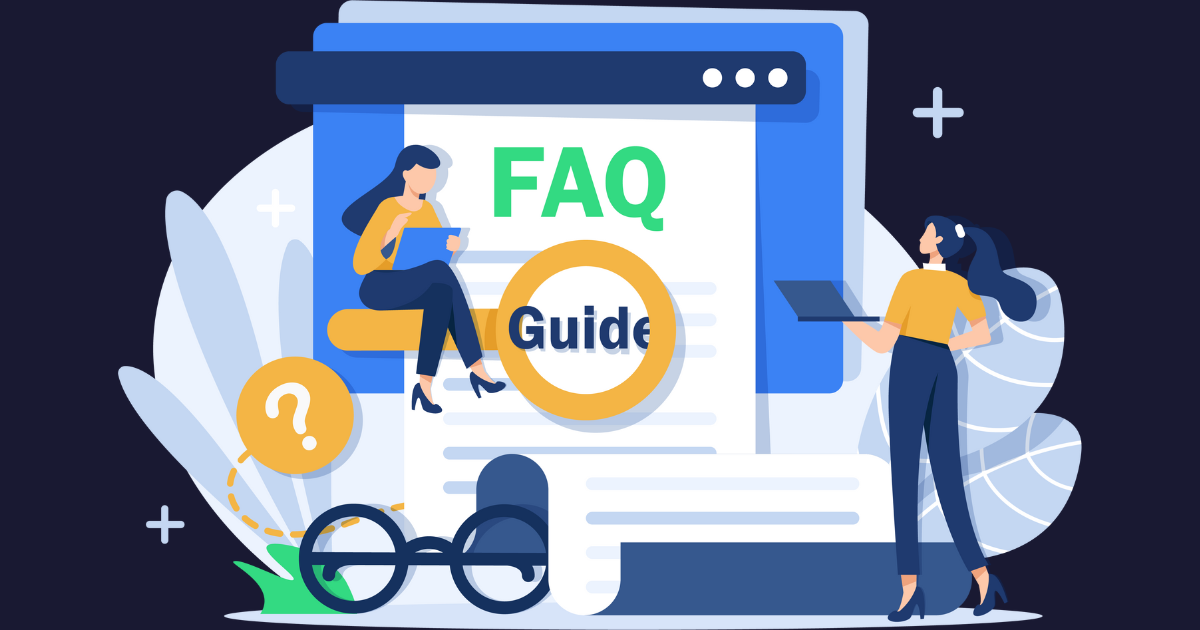
Embarking on the journey of how to add FAQ schema in WordPress can seem like navigating through uncharted waters at first. However, as we’ve explored in this guide, with the right approach and tools, it’s a voyage that can significantly enhance your website’s presence in search results and improve user experience.
Adding FAQ schema is more than just a technical tweak; it’s an opportunity to directly address your audience’s queries and present your content in a structured, search-engine-friendly format.
By following the steps outlined in this guide, you can effectively implement FAQ schema, ensuring that your WordPress site not only ranks better in search results but also becomes a more valuable and accessible resource for your visitors.
Remember, the digital environment is always evolving, and so are the best practices for SEO. Keep learning, experimenting, and updating your strategies to stay ahead. Your efforts in adding FAQ schema today can lead to a richer, more engaging, and more visible website tomorrow.


